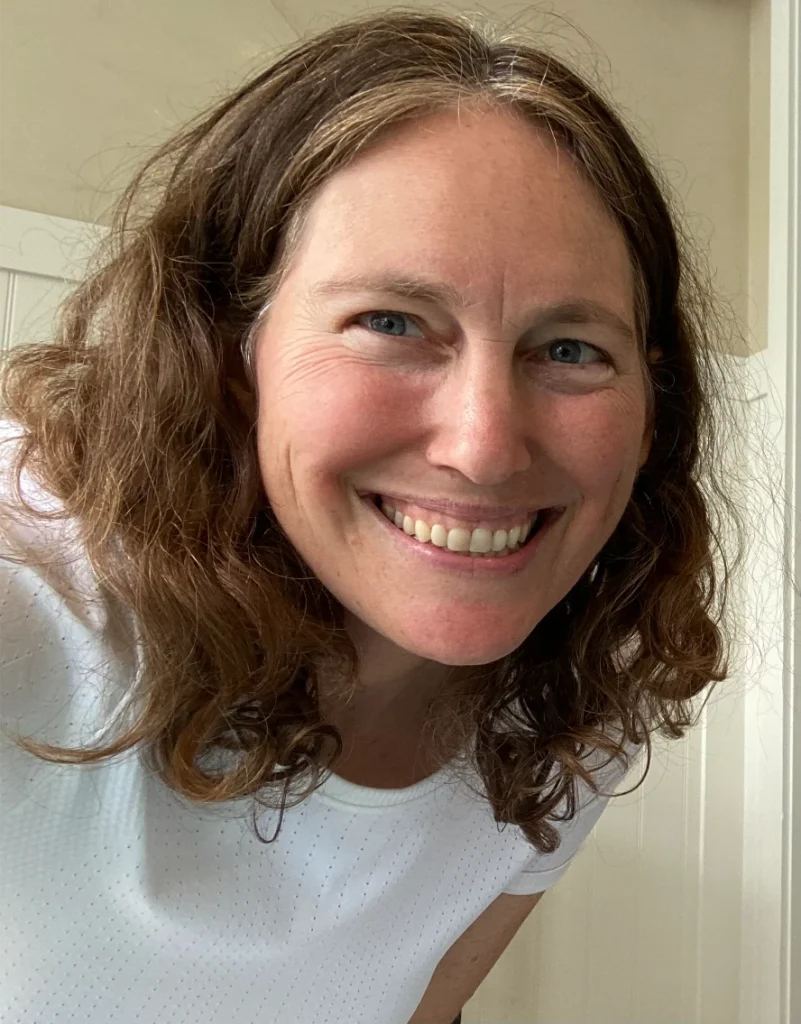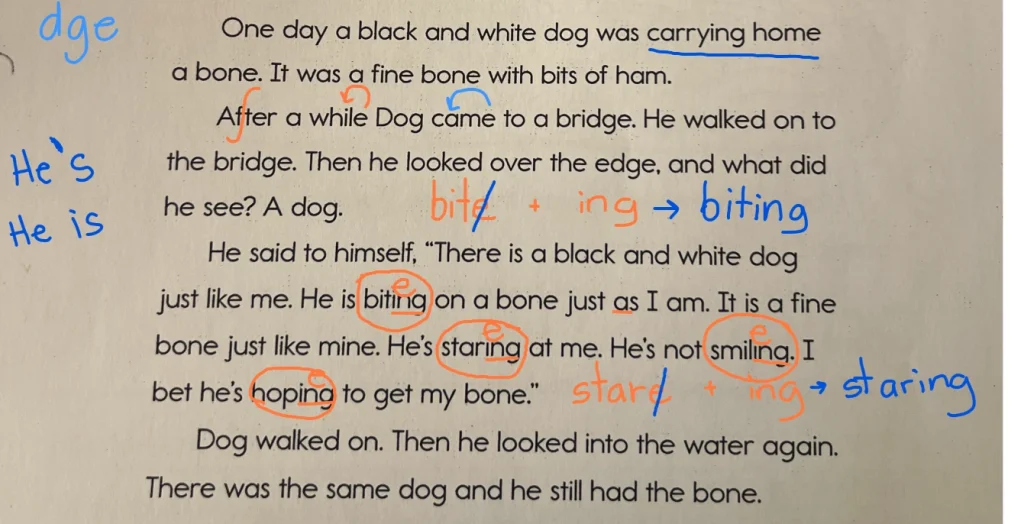One to One Educational Therapy for Dyslexia & Dysgraphia
Sara integrates Structured Word Inquiry and the Orton-Gillingham approaches with the current words and texts the student is reading in school, connecting the remediation to the student’s current demands.
How It Works
1.
Initial Consultation on Zoom
Determine if my services are the right fit for you.
2.
Submit student work samples, educational assessment data, 504/IEP plan
Email correspondence and possible parent meeting
3.
First Student Meeting
We start with talking about interests and strengths to establish rapport.

Remediation is most effective when it is personalized to the individual student.
The goal is to help students succeed in their current academic environment as much as possible. Using the actual words from current school materials allows students to feel more engaged, confident, and motivated, as they can immediately apply what they are learning.
Sara evaluates the student’s current reading and spelling schoolwork to personalize the remediation to the specific words and language that the student is encountering at school and using in their writing.
This approach integrates the remediation into what the student is currently working on for school. The student is taught the underlying skills needed for their current school reading and spelling.
The size of the gap between the student’s needs and the school’s curriculum is evaluated and instruction is modified as appropriate, allowing the students to go at the pace they need.
It’s much more fun to read something you understand!
Reading Comprehension
Understanding a text goes beyond decoding words. Sara identifies the underlying reasons for comprehension struggles, such as gaps in vocabulary or background knowledge, challenges with sentence structure, inferencing or lack of metacognition.
Specific Learning Disability in Reading
Dyslexia is complex and can look different in every individual. Here are some of the ways it can present:
- Phonological Dyslexia: This involves difficulty with recognizing and processing sounds (phonemes) in language.
- Surface Dyslexia: This involves difficulty with recognizing whole words by sight, meaning individuals struggle with remembering what words look like.
- Rapid Naming Dyslexia: This is characterized by difficulty quickly naming letters. It often impacts fluency in reading and the speed of word retrieval.
- Double Deficit Dyslexia: Some individuals have difficulties in both phonological processing and rapid naming. They experience a combination of the challenges from phonological and rapid naming dyslexia, making reading even more challenging.

How do Structured Word Inquiry and Orton Gillingham work?
Structured Word Inquiry (SWI): Making Words Understandable
Structured Word Inquiry (SWI) is a powerful approach to reading and spelling remediation because it helps students understand not just how words are spelled, but why they are spelled the way they are. SWI looks at the orthographic structure of words, how they are written, focusing on their base, prefixes, and suffixes.
- Bases and Affixes: By breaking down words into their basic parts or morphemes, students gain insight into the meaning and pronunciation of words. This makes new vocabulary less intimidating and easier to understand.
- Word Families: Through SWI, students learn how words are connected to one another in families. For example, if a student is learning the word “different,” they can learn related words with the same base <fer> like “differ,” “infer,” and “conference.” Understanding these relationships helps improve both decoding and comprehension.
- Suffixing Conventions: SWI teaches spelling conventions, making it easier for students to understand the relationship between words. For example, students learn how <y> and <i> often trade places in words, and why there are double letters.
SWI uses a framework of four questions:
- What does the word mean?
- How is the word built? What is the structure?
- What other words are related?
- How is the word pronounced? How do the letters in the word correspond to the pronunciation?
By applying SWI to the words and concepts in their current school texts, students are immediately connecting the remediation to their academic content, making their learning relevant and effective.
Orton-Gillingham: A Multisensory, Systematic Approach
The Orton-Gillingham method is a well-known and widely used approach for teaching students with dyslexia. It’s a structured, systematic, and multisensory approach that engages the student through visual, auditory, and kinesthetic (movement-based) learning styles. This approach is tailored to the individual needs of the student, ensuring they receive instruction at their pace.
Key elements of the Orton-Gillingham approach include:
- Explicit Phonics Instruction: Students receive direct instruction in the relationship between letters and sounds. For example, they will learn that the letters “ph” make the “f” sound in words like “phone” or “graph.”
- Multisensory Learning: Instruction incorporates visual, auditory, and kinesthetic elements. This multisensory approach helps reinforce learning and make abstract concepts more concrete.
- Incremental Progression: Orton-Gillingham starts with the basics of phonics and builds up to phrases, sentences and more complex language concepts. The instruction is tailored to the student’s pace, ensuring that they that they are consistently successful.
Confidence and Empowerment
Many times students with dyslexia feel behind other students. Using current school materials allows them to feel more engaged, confident, and motivated, as they can immediately apply what they are learning.
